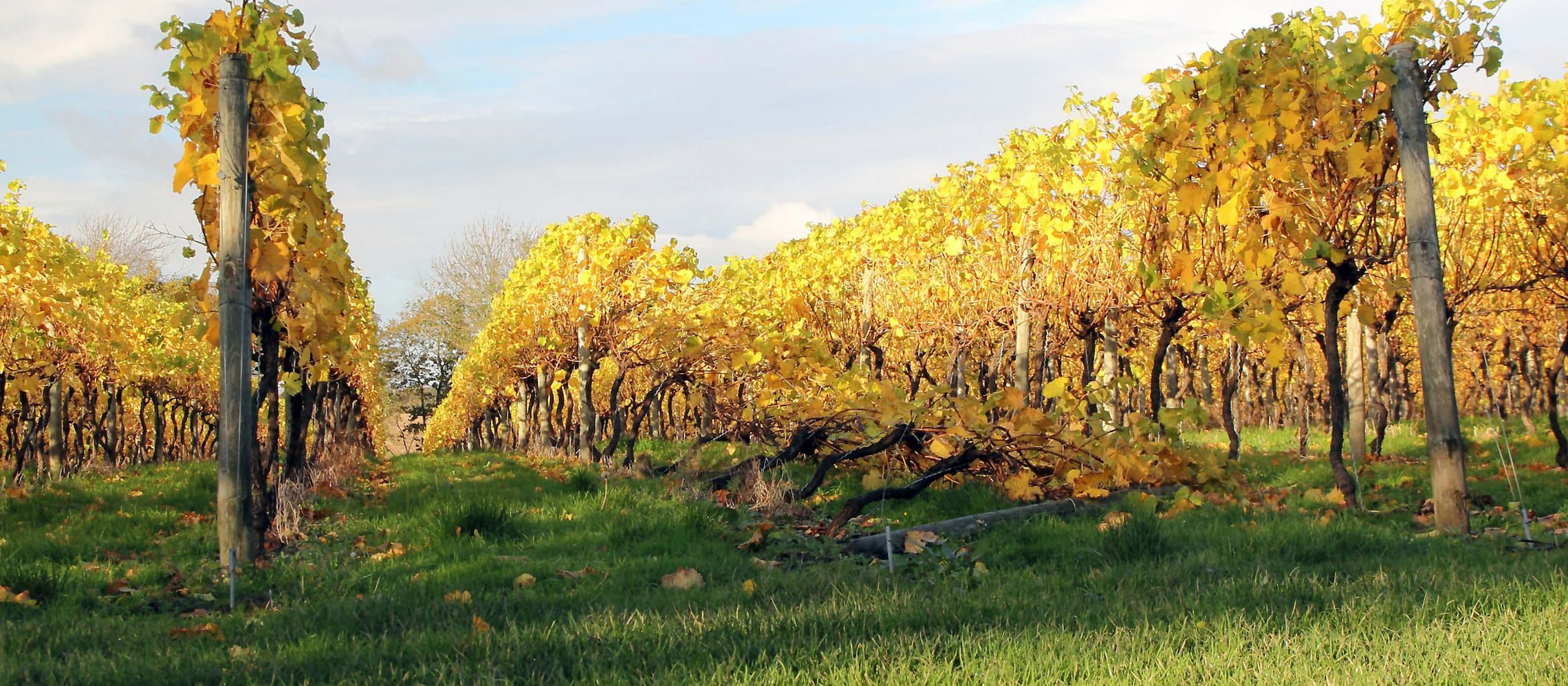Early Bird Deadline
30 November 2025
Judging
Date
23 & 24 March 2026
Winners Announcement
22 April 2026
30 November 2025
23 & 24 March 2026
22 April 2026

So far, the United Kingdom has been known as a major consumer of wine. In contrast to the consumption volume, the United Kingdom was always considered a very small producer of wine. Today, the whole scenario of the UK’s wine industry has been changed. The market is in growing phase since past few years, specifically in the production and sales of sparkling variety. The country has become a new force in the wine industry, producing world-class wines, winning awards and beating major wine houses in the competition.
It is commonly known that the United Kingdom sees a lot of rain. The climate is marginally warmer and drier in the South where the major part of viticulture has been. While the global warming has become a worldwide issue, it is, on the other hand, helping the UK. The average temperatures are on a rise and the problem of grape ripening is now a thing of past.
There are three major wine regions in the United Kingdom to know:
- Sussex
- Kent
- Surrey
Sussex, located in the southeastern corner on England, is the sunniest among all the regions of the British Isles. The region experiences very less rain. Geographically, Sussex is divided into two separate counties, West Sussex and East Sussex. Both of these counties are home to a rising number of vineyards. Sussex is dominated by limestone chalk soils which enhance the region’s ability to produce the best quality grapes for sparkling wine. The cool climate is also a trait of this region, which helps perpetuate the acidity required to make world-class sparkling wine. The region exists above the 50th parallel, at the uppermost extreme of 30-50 degree latitude, which is quite suitable for quality winemaking.
Here, the majorly grown grapes are Bacchus, Champagne grapes, Chardonnay, Pinot Noir and Pinot Meunier. All these grapes prefer cooler climates. The wines of Sussex are chalky, flint and of mineral character, reflecting the soils of the region.
Sussex is the first region to be awarded PDO status in the United Kingdom.
Next to Sussex in the East is Kent. It is across the English Channel from Calais. The iconic and famous White Cliffs of Dover form the coastline of Kent. Kent has been a bountiful source of agriculture and a home to orchards. Kent, too, has a relatively warmer climate which makes it a usable place for farming. It has the same chalk limestone soils as its neighbour.
The south-facing orientation of some of the best vineyards helps them maximize the hours of sun on the vines. The majorly planted grapes are Chardonnay, Pinot Noir, Bacchus and Ortega.
The wines of Kent usually have pronounced mineral nose, but they also reflect aromas of apples, pears and elderflower with bright and refreshing acidity.
Surrey’s chalky soils are made up of the remains of ancient marine fossils. It is the site where second Champagne house has invested. Pommery and Hattingley Valley have come to a partnership. Surrey has become a home to one of the largest producer of UK, Denbie’s Estate. It boasts Blighty’s biggest vineyard – the eponymous Denbie’s Vineyard.
In addition to these three major regions, there are several more to watch
Hampshire – It is on the west of Sussex. Hampshire is known for its seaside resorts. It is also the home for the United Kingdom’s first modern commercial vineyard.
East Anglia – The counties of Norfolk and Suffolk situated in the North and East of London together make up East Anglia. The soils are thick with the high amount of clay. Bacchus is the majorly grown grape here, but the newer growers also experiment with Pinot Noir and Chardonnay.
South West England – This region is comparatively small in vine farming, but the wines are quite delicious. Some of the varieties to see here include Pinot Noir, Sevyal Blanc and Reichenstiener.
Over the last decade, the vines planted have more than doubled. Each year, many new wineries are coming up. As English wineries are looking towards increasing exports, consumers can expect these wines becoming vastly available in global markets. As the prices for land in the United Kingdom are quite lower than those in Champagne, producers can afford to sell wines at much consumer-friendly prices.
Show your wines where it matters. Get your products tasted by top sommeliers, buyers and experts at the London Competitions — enter now.